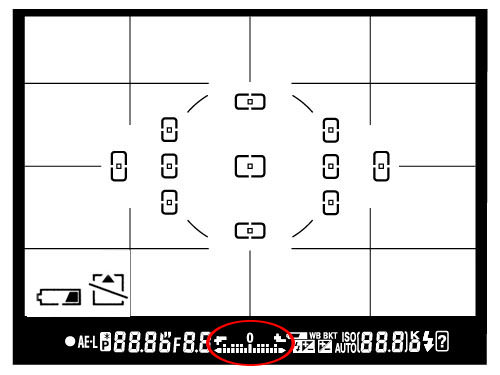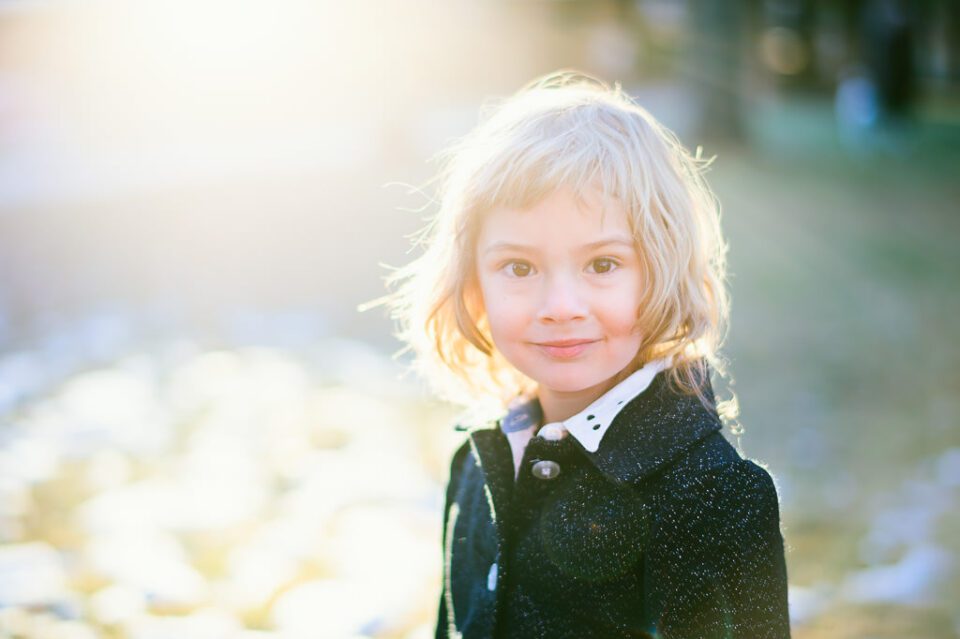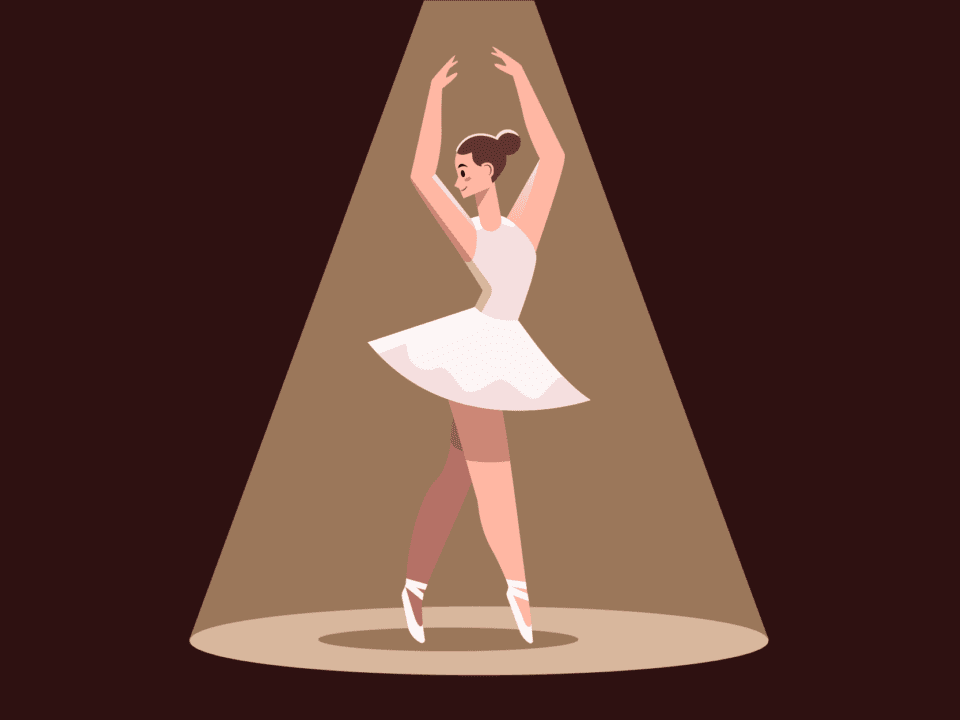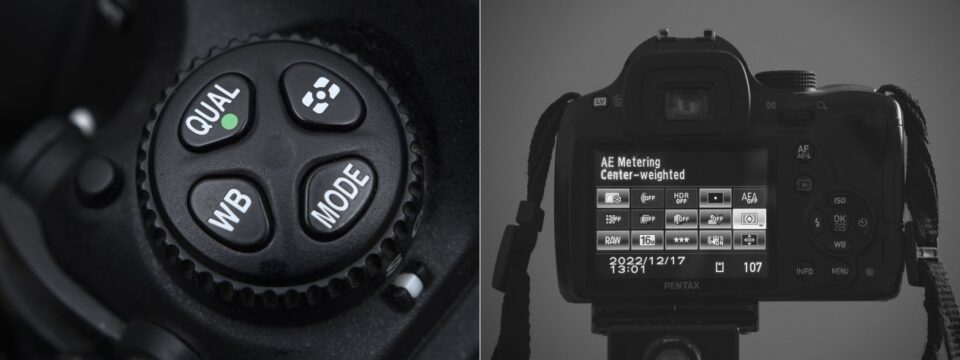Understanding Metering and Metering Modes
If you want your photos to turn out the proper brightness, you need to understand metering!
In photography, it is very important to know about metering, as well as the role of each metering mode. That’s because it helps you control your photo’s exposure – or, in layman’s terms, your photo’s brightness. When I got my first DSLR—a Nikon D80—one of my frustrations was that some images would come out too bright or too dark. I had no idea how to fix it, until one day, when I learned about camera metering modes. Today I’m going to share with you what I know about metering in photography, and how you can use it to take better photos.
If you want your photos to turn out the proper brightness, you need to understand metering!
In photography, it is very important to know about metering, as well as the role of each metering mode. That’s because it helps you control your photo’s exposure – or, in layman’s terms, your photo’s brightness. When I got my first DSLR—a Nikon D80—one of my frustrations was that some images would come out too bright or too dark. I had no idea how to fix it, until one day, when I learned about camera metering modes. Today I’m going to share with you what I know about metering in photography, and how you can use it to take better photos.




 Matrix / Evaluative metering is a good starting point where the entire scene’s exposure is important, such as in landscapes. But it’s also the most important metering mode in general – I rarely ever change from Matrix metering.
Matrix / Evaluative metering is a good starting point where the entire scene’s exposure is important, such as in landscapes. But it’s also the most important metering mode in general – I rarely ever change from Matrix metering.



 When you have one obvious subject that you want to be a “medium” brightness, spot metering is a good choice.
When you have one obvious subject that you want to be a “medium” brightness, spot metering is a good choice.
 If there are important highlights in your photo that you don’t want to overexpose, highlight-weighted metering works well.
If there are important highlights in your photo that you don’t want to overexpose, highlight-weighted metering works well.

تعليق